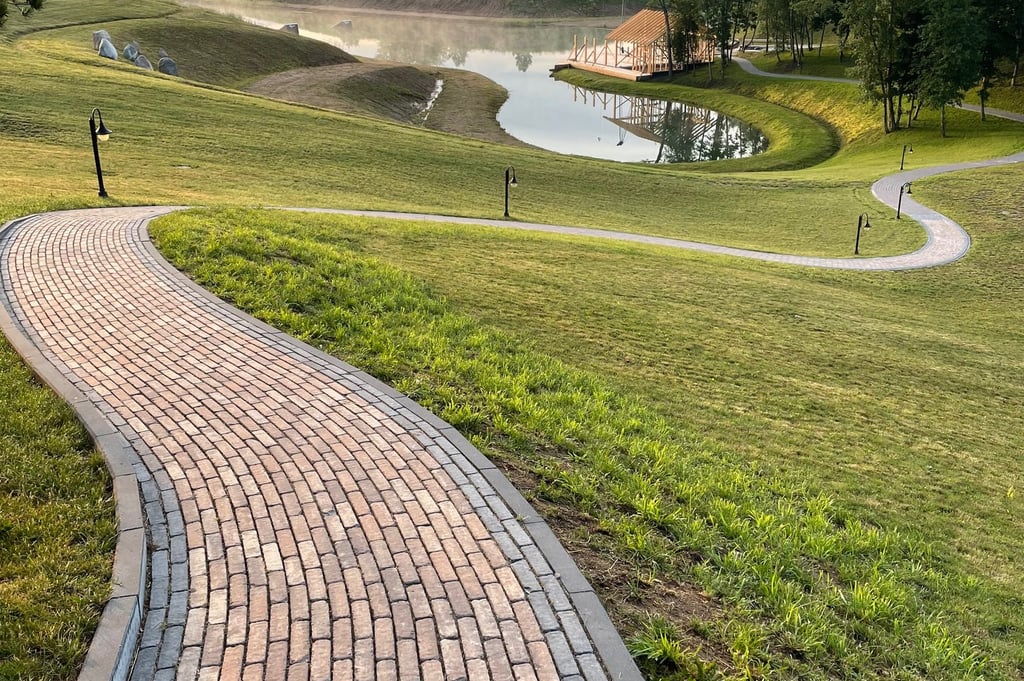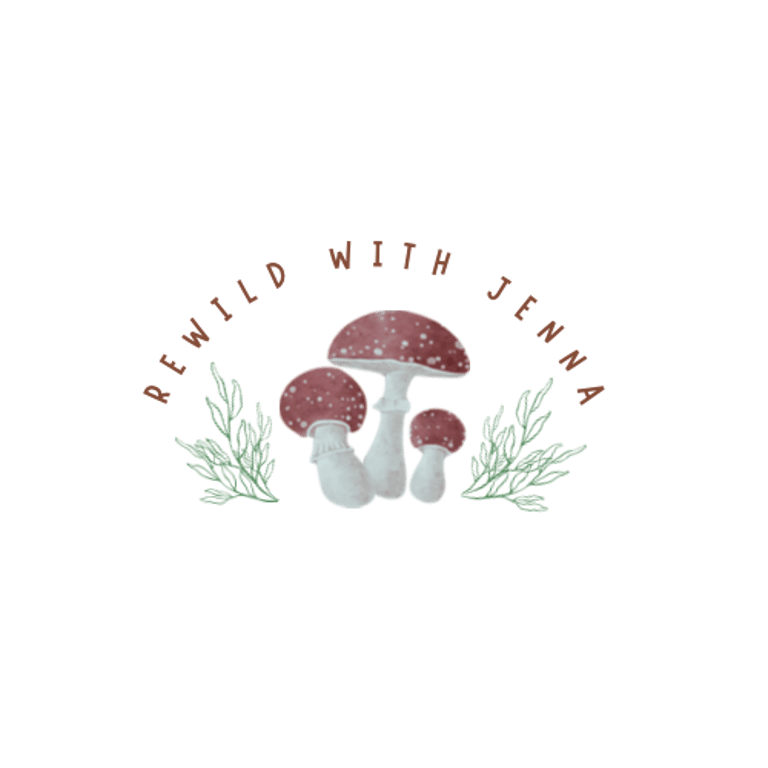The tools of stability
Stability can come from many places during our lifetime. Sometimes we need a bit of external support to maintain stability. But at the end of the day, our most valuable source of stability must come from within.
6/30/20245 min read


I love to learn. Many of you know this fact about me. Life is constantly teaching us when we are open to listening. If I ever feel as if I am in a place where there is nothing more to learn, I know I am not opening myself up to possibilities. We live in a world where possibilities are so endless that our brain can’t fully comprehend it. This is why I often struggle to call myself an expert in anything. I always feel like a beginner, in the best of ways.
I have been with one of my yoga teachers at a retreat in Lithuania lately. It is focused on meditation but because meditation is an act of the mind that requires a stable body, we have been addressing our physical body. This is an area that perhaps I could say I am an expert. After 12 years working as a physical therapist, I know the human body well. Yet here I am, having my mind blown nearly every day on a subject I could very easily be teaching.
At first, a little part of me wanted to turn my brain off and rest during these lessons. We have been learning so much that I feel quite overwhelmed. It would have been nice to have a break. But I listened because at the end of the day, I can’t help but be a perpetual student. I am so grateful I held true to myself because the connections I am making are beautiful.
My teacher spoke this morning about how everything in our body meets at our center of gravity. This one point close to our belly button, is what makes our body feel stable or not. When we are stable here, our brain feels safe. When our brain feels safe, we can confidently move through our world.
I’ve known about or center of gravity since my first anatomy course, yet I’ve never once applied it to my life in this way. After I digested this idea for a bit I realized, I feel unstable because I haven’t met my center of gravity with awareness and love. I never allowed myself to believe that my center of gravity is within my body rather than external to my body.
I believe it is human nature that when we don’t understand or know of our own stability, we seek it externally. We lean on people, places and things like crutches. The dependence that is created is a double edged sword. It allows us to continue to move through the world without fully establishing stability but it also stops us from knowing our own stability or even to begin the process of moving towards it.
Everything is a tool or a resource for us in this life. This is another point that my teacher often makes. At some point we outgrow each of these tools. What served and helped us to travel to this point, may not take us through the next journey on our path. Our tools and resources will constantly be changing. It is important to know what we are leaning on for stability so we know when it is time to let it go. It’s okay to use different tools, resources and crutches during different seasons of life but it is a gift to fully know when that season has ended.
There is nothing wrong with needing something externally to improve stability. Imagine if you broke your ankle and your doctor didn’t give you crutches. Your ability to participate in life would be severely impacted. Without the resource of the crutches, so much of your life would come to a standstill, literally and metaphorically. But after the bones begin to heal in six to eight weeks, it is important to start putting weight through your ankle again. If you do not, then you will always need the crutches.
Even though the crutches helped you move through life while your leg could not carry you, walking on two feet will absolutely be more efficient and faster. But if you have ever used crutches for a long period before, you know that when the doctor says you can but weight through your foot again, you cannot just throw away the crutches and start running through life again.
It is a process. The progression of strength, stability and mobility in your ankle takes time. At first you will still need both crutches. Then slowly, just one. Eventually you will be able to walk short distances without any support. But even then, you may still need support for longer distances. With patience and time, it is possible to rebuild your stability so you can get to a point of internal stability. When you reach this, your body feels safe and no longer needs a crutch or any external tool.
This is a beautiful example of how our physical world can mimic life as a whole. When we lose stability in life, an external tool of support or crutch is often required to continue to move forward. Then slowly, we rebuild our internal stability and progress away from the tool. This is part of life. Learning to let go of the crutches we have outgrown so we can continue to move forward by our own accord.
Now imagine if you found a pair of crutches that you used when you injured your ankle in elementary school. They would be far too small for you as an adult. If you attempted to use them, it would require you to make yourself as small as you were then. Your posture would suffer, your back would hurt, and you would be limited with the speed you could move through the world with.
I think many of us get stuck using crutches from the past because of many reasons. Perhaps it is all we have available to us. Or maybe it feels like the easiest option even if other tools are present. It is possible that we come to believe that the crutches are part of our being. That without them, we wouldn’t be able to move through the world at all.
It’s okay to love the crutches that helped us keep up with our friends on the playground. Loving something doesn’t mean we need to use it forever. We can love it and know it has completely served its purpose. It provided stability in a time where you would have been very limited in life if you didn’t have them. But now, you are bigger, taller and healed from that injury.
Letting go of the crutches, tools and resources that provided stability for us in the past is not an easy thing to do. There is a comfort level to being able to see something externally giving us support. But at the end of the day, we all inherently hold stability within. It is not always easy to find or cultivate, but with time and effort, it will support you more beautifully than any crutch you could find.
It is still possible that you will injure yourself in another way in the future. And you will require a different tool to maintain stability. But all tools are simply that, a tool. They cannot become a part of us. Again, we are inherently whole and capable of our own stability.
Every tool is a double edged sword. They protect us from harm while also causing harm. There is often a point where we think we are using the sword as protection but we are meeting the edge of harm. It can happen so subtlety that we may not realize how deeply we are cutting ourself until it’s too late.
I’m currently in a space of checking in with every tool I use. Wondering what side of the sword am I leaning into? Are they crutches that are serving me to move forward and protect me? Or have I outgrown it and the blade is sitting too close to my own skin? I don’t have answers yet, but I know they will come with time.
Where in life are we leaning too heavily on old and outdated tools and resources? Are the crutches in life helping us move easier or are they slowing us down? And remember we must always be taking action towards finding our own inner stability, even when it feels painful or impossible.
